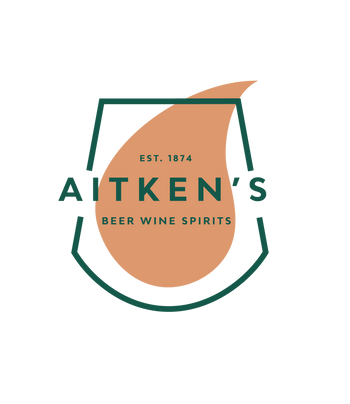Images are for illustrative purposes only and, unless clearly stated in the product title or description, labels and vintages may differ from those shown.
| Grape | Equal Parts Cabernet Sauvignon, Cinsault, and Carignan |
| Style | Dry, Red, Full Bodied, Rich, Soft, Red Fruit, Spice |
| Country | Bekaa Valley |
| Region | Lebanon |
| Volume | 75cl |
| ABV | 14% |
| Dietary | Vegetarian, Vegan |
Experience the rich and concentrated flavours of Chateau Musar 2018. With its beautiful deep garnet colour, and aromas of dried cherries, and mature red fruits on the nose. Defined cranberries, raisins, and dates caress the palate, supplemented by a balanced acidity and fine tannins. This enticing wine also boasts a smoky, dustiness alongside the fruit with soft liquorice undertones. At 6 years old upon release, it is already developed and matured but will age gracefully for a number of years if stored correctly.
About the Producer
The wines of Chateau Musar are unique expressions from a country with an ancient wine-making culture. Vines have been cultivated in Lebanon's high altitude Bekaa Valley for over 6,000 years.
From around 4,500 BC, the sea-faring Phoenicians (ancestors of the modern Lebanese) distributed their wines and vines throughout the Mediterranean, travelling as far as Cadiz (and possibly beyond) in their robust cedar boats. Their resilience in the face of repeated invasion gave rise to the legend of 'The Phoenix.
They also invented the alphabet to help keep records of their various transactions.
The ancient city of Baalbek in the northern Bekaa Valley, takes its name from the Phoenician fertility god, Baal. The Roman god Bacchus was in turn worshipped here and the temples built in his honour remain among the most perfectly preserved in the world. The region's wines are mentioned many times in the bible, with the first recorded evidence of wine transactions coming from Byblos (book in Greek, hence 'Bible') an historic fishing port north of Beirut.
French in origin, the Hochar (pronounced Hoshar) family arrived in Lebanon in the 12th century and have remained there ever since.
To get an idea of the history and struggle that makes Chateau Musar such an icon of the wine world please click this link to visit the Chateau Musar website
Vineyard and Winery
2018 began with an impressive 355mm of rain and snow in January, while February was also abundant with 162mm of rain to irrigate the soils. March followed with 41mm and April, with 27mm, was the icing on the cake; after the 15th of April, a surprise increase in temperature encouraged the vines to open. May & June were exceptional as 52mm and 32mm of rain fell during the blooming period, the vines loved the additional water and the harvest certainly looked promising. July was true to form with no water and temperatures increased to an average of 35 degrees Celsius. Then in August we had a 3-day heatwave with temperatures of 39 and 40 degrees. Cinsault was harvested on the 4thof September and what a surprise … the grapes were dried with high sugar content. This is the first time we have experienced this from our Cinsault vineyards and showed us that nothing can be taken for granted; no grape can escape changing climatic conditions, each year is different and unique.
Each varietal was fermented with their natural yeasts in concrete vats, then aged for 12 months in French Nevers oak barrels before blending in January 2021. Fermentation of the red grapes this year was challenging: Cabernet Sauvignon was first due to the earlier harvest date and was easy to manage, while Cinsault and Carignan needed more attention with their fermentations closely monitored to finish the last gram of grape sugar. Malolactic fermentations for these two grapes were still pending 3 months after the beginning of the harvest as a reminder of the very delicate fermentation and exceptional Cinsault behaviour. This vintage was bottled, without fining or filtration, during the summer months of July and August 2021.
Reviews
Net Orders Checkout
| Item | Price | Qty | Total | |
|---|---|---|---|---|
| Subtotal |
£0.00 |
|||
| Shipping | ||||
| Total | ||||


